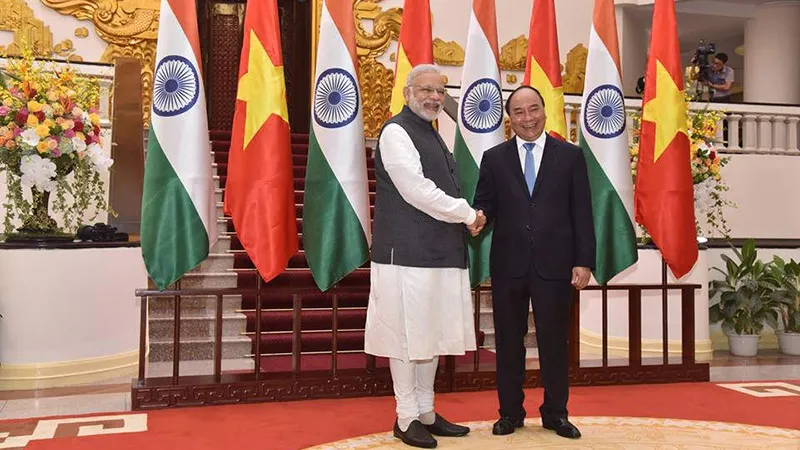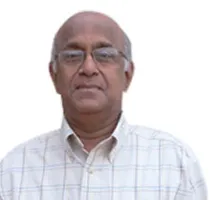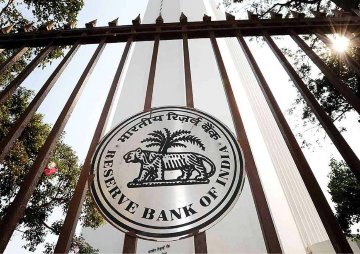India has always considered Vietnam as a vital link in its Look East or Act East policy. Relations between the two, buttressed by strong historical connections, have expanded quite impressively in recent years. During the cold war, ideological affinities and colonial experiences brought them closer. Post-Cold War, they have found new convergences and commonalities in a wide range of areas including trade, investment, economic assistance, counter terrorism and cooperation in defence, energy and maritime security. The two countries are scheduled to commemorate the 45th anniversary of the establishment of their diplomatic relations in 2017.
The two-day visit made by India’s Prime Minister Narendra Modi on September 2-3 to Vietnam marks yet another significant milestone in the growing trajectory of the bilateral partnership. It saw both countries upgrading their Strategic Partnership to a Comprehensive Strategic Partnership which would provide a “new direction, momentum and substance” to bilateral engagements. It is important to note that India is the third country next only to Russia and China to have a comprehensive Strategic Partnership with Hanoi. Prime Minister Modi has claimed that the decision to elevate the level of partnership “captures the intent and path of our future cooperation”. It will provide a new “direction, momentum and substance to our bilateral cooperation.”
Though the present visit of the Indian Prime Minister happened after a gap of sixteen years, one should have a clear idea of several positive developments that took place during that period. Both maintained a very friendly, robust and mutually beneficial relations. As early as 2000, a protocol was signed between the two countries for defence cooperation which included India’s supply of defence equipment and training to Vietnamese personnel. In 2003 the two countries signed a joint declaration on ‘the framework for comprehensive cooperation’. It was followed by a joint declaration on strategic partnership in 2007 that stressed three major areas: (1) cooperation in defence supplies, joint projects and intelligent exchanges; (2) cooperation in capacity building, technical assistance and information sharing for sea lane security; and (3) cooperation in combating terrorism.
Around this time when China’s assertive maritime activities rapidly increased in the South China Sea area, the bilateral agreement tended to assume greater significance. In 2011, Vietnam was very keen to get India’s cooperation in resource development in the South China Sea and signed an agreement with New Delhi’s Oil and Natural Gas Corporation. In the face of China’s open criticism and resistance, India first withdrew from the project. However, after a year it decided to continue the project. Even at that time India expressed its views strongly supporting freedom of navigation in international waters including the South China Sea and freedom of access to resources in accordance with well recognised principles of international law.
Since the advent of the Modi Government in May 2014, both countries have taken several steps to strengthen their ties. Many dignitaries from both countries have exchanged visits. In August 2014 India’s External Affairs Minister Sushma Swaraj made an official visit to Vietnam and that was followed by India’s President Pranab Mukherji’s visit in September. India’s National Security Advisor Doval made a visit to Hanoi too. These visits contributed a great deal in cementing their partnership. From Vietnam’s side, its defence minister came to India in May 2015 and signed a Joint Vision Statement on defence cooperation. It was followed by the visit of its Prime Minister Nguyen Tan Dung in October that added further momentum to bilateral engagements.
The present visit by Modi has identified three major areas where bilateral relations will be increasingly focused in the coming years. First is the prospect of defence cooperation assuming greater salience. Modi has extended a $500 million line of credit to assist Vietnam to procure more military hardware from India. Both countries also signed a contract for building offshore patrol vessels by Larsen&Toubro and Vietnam Border Guards under a $100 million line of credit India had earlier agreed to extend to Vietnam. In addition, Modi also announced a grant of $5 million for the construction of an Army Software Park at the Telecommunication University in Nha Trang.
Second, both countries realise the need to add more clout to their present economic engagements. Considering the current low volume of their trade, they have decided to put in more efforts to augment their trade to $15 billion by 2020. Modi has also urged the Vietnamese private companies to take advantage of the various investment facilities offered by the Indian Government under the Make in India programme. From his part, the Vietnamese prime minister was equally receptive to creating more favourable conditions at home for Indian investment particularly in the energy sector.
Third, in an indirect reference to China and the recent verdict given by the UN Arbitral Tribunal, both countries reiterated their firm commitment to maintaining freedom of ocean navigation and over flight , and unimpeded commerce based on international law. They also called upon all countries to resolve disputes through dialogue and peaceful means without resorting to force. In recent years, Vietnam has forged close cooperative relations with Japan and the US who share Hanoi’s concerns over China’s building artificial islands in the South China Sea. Modi’s visit has served to show India’s position on the issue as well.
This commentary originally appeared in The Pioneer.
The views expressed above belong to the author(s). ORF research and analyses now available on Telegram! Click here to access our curated content — blogs, longforms and interviews.




 PREV
PREV


